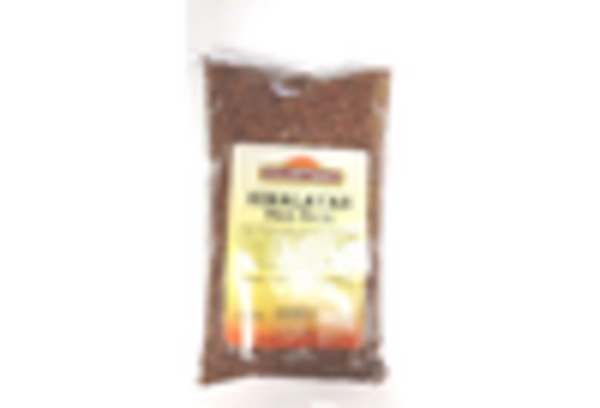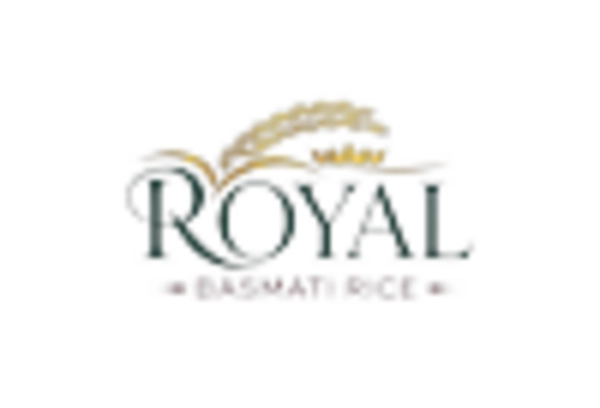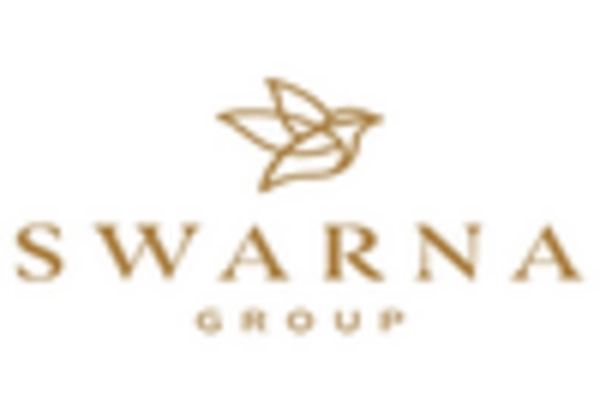Market Analysis
In-depth Analysis of Red Rice Market Industry Landscape
The Red Rice market is undergoing significant transformations, influenced by shifting consumer preferences, increasing awareness of health benefits, and a growing demand for diverse and nutrient-rich food options. Red rice, known for its distinct color and higher nutritional content compared to white rice, has garnered attention in the market as consumers seek healthier alternatives. The market trends of red rice reflect a combination of factors, including its nutritional profile, cultural significance, and evolving culinary trends.
One prominent trend in the Red Rice market is the rising demand for whole and minimally processed grains. As consumers become more health-conscious, there is a growing awareness of the nutritional benefits associated with consuming whole grains. Red rice, with its outer bran layer intact, is a whole grain that retains more fiber, vitamins, and minerals compared to its refined counterparts. This trend aligns with the broader movement towards whole foods and plant-based diets, making red rice an attractive option for those seeking nutrient-dense alternatives.
Health considerations play a pivotal role in shaping the market trends of Red Rice. The higher nutritional content of red rice, including elevated levels of antioxidants, fiber, and essential nutrients, positions it as a healthier option compared to white rice. The market is witnessing a shift in consumer preferences towards grains that offer both satiety and nutritional value, contributing to the growing popularity of red rice as a staple in various cuisines.
Cultural and culinary diversity also influence the Red Rice market. Red rice is a staple in many traditional cuisines, and its use in diverse cultural dishes contributes to its global appeal. The market is witnessing an increased incorporation of red rice into various culinary creations, ranging from salads and side dishes to main courses. This versatility positions red rice as not only a nutritious choice but also a flavorful and aesthetically pleasing ingredient in a wide array of cuisines.
Sustainability and environmental considerations are impacting the Red Rice market as well. As consumers become more conscious of the environmental impact of their food choices, there is a growing interest in sustainable and locally sourced products. Red rice, often cultivated using traditional farming practices and requiring less water compared to certain varieties of white rice, aligns with the sustainability trend. This eco-friendly aspect contributes to the market appeal of red rice, especially among environmentally conscious consumers.
The Red Rice market is witnessing innovation in product offerings, with manufacturers introducing convenient and ready-to-cook red rice options. These products cater to the modern consumer's demand for convenience without compromising on the nutritional benefits of whole grains. The availability of red rice in various forms, including pre-cooked, packaged, and blended varieties, expands its accessibility and encourages broader adoption in diverse households.
Global agricultural trends and economic factors also play a role in shaping the Red Rice market. The cultivation, pricing, and availability of red rice are influenced by factors such as climate conditions, agricultural policies, and trade dynamics. Economic considerations impact the decision-making process of both producers and consumers, contributing to the overall market trends and accessibility of red rice.

















Leave a Comment